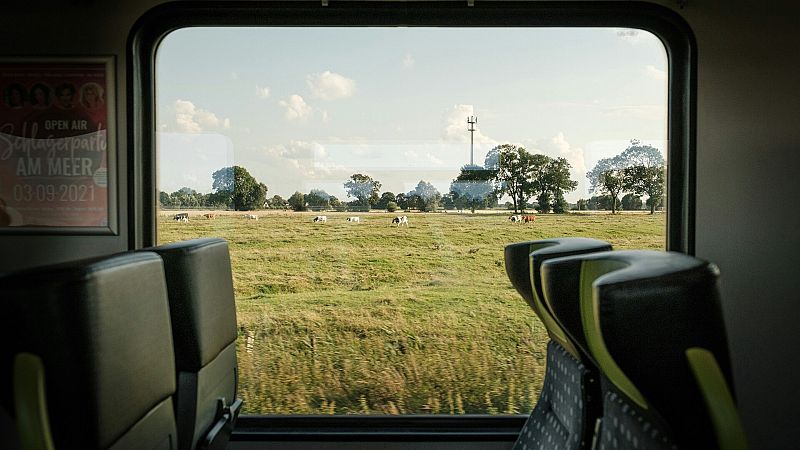
Europe’s long-distance rail network is getting another boost in 2026.
Starting next May, passengers will be able to ride the rail from Prague to Copenhagen via Berlin.
Deutsche Bahn (DB), Danish Railways (DSB) and Czech Railways (ČD) are teaming up to offer the new direct connection, which will launch on 1 May 2026, when overhaul work on the line between Berlin and Hamburg is complete.
The year-round daytime service will run in both directions and is expected to take just seven hours between Copenhagen and Berlin, and around eleven hours between Copenhagen and Prague. The operators will also extend a summer season night train that currently links Hamburg and Copenhagen onward to Prague.
Additional stops are planned in key cities, including Dresden and Hamburg.
The route will be served by ČD’s new ComfortJet trains, offering a wide range of amenities, including an on-board restaurant, Wi-Fi, bicycle storage and space for 555 passengers.
The high-speed trains also feature wheelchair lifts, a children’s cinema and radio-transparent windows, which improve mobile connectivity and reception for passengers.
Cross-border train travel picks up pace
The Prague-Copenhagen connection is the first of 10 pilot projects selected by the European Commission to promote new cross-border train routes and improve international mobility. The initiative is designed to address persistent hurdles in long-distance rail, from infrastructure bottlenecks to market barriers.
“Rail is bringing Europe closer and closer together,” Michael Peterson, DB’s board member for long distance passenger transport, said when the new link was announced.
“Journey times of over four hours are popular with our passengers in international long distance transport, and we are offering additional attractive services to meet the growing demand.”
Other recent EU-backed rail connections include the Berlin-Paris route launched by DB and France’s SNCF in December, and the newly announced Munich-Milan-Rome link set to launch in the coming years.
Apostolos Tzitzikostas, the EU’s commissioner for sustainable transport and tourism, called the Prague-Copenhagen route “a strong example of progress” toward a greener and more connected continent.
Europe’s rail revival ramps up this summer and beyond
Travellers seeking alternatives to short-haul flights now have more rail options than ever.
In February, the Vilnius-Riga service expanded to Tallinn. Then, in June, Polish Railways (PKP) launched a new summer route connecting Warsaw to Split on Croatia’s Adriatic coast. The delightfully named Espresso Riviera has also returned to service this summer, linking Rome and the French Riviera overnight.
In the coming years, the rail links should continue to grow.
Startup Dreamstar Lines plans to connect 100 European cities via sleeper train – promising fares for less than the price of a hotel stay.
These routes are part of a broader renaissance for European rail, with night trains especially seeing a resurgence after decades of decline.
Barriers to seamless train travel remain
While enthusiasm is growing for this greener method of travel, Europe’s cross-border rail ambitions still face obstacles.
Fragmented ticketing systems, differences in infrastructure and slow approvals for new routes continue to hinder progress. And passengers still struggle to find unified booking platforms or real-time updates when journeys involve multiple national rail companies.
Still, EU leaders remain optimistic that the pilot routes – including Prague to Copenhagen – will set a precedent for a more connected, sustainable future.
“This direct rail link is not only good for travellers,” said Berlin Mayor Kai Wegner. “It’s an important step in decarbonising Europe’s transport sector.”







